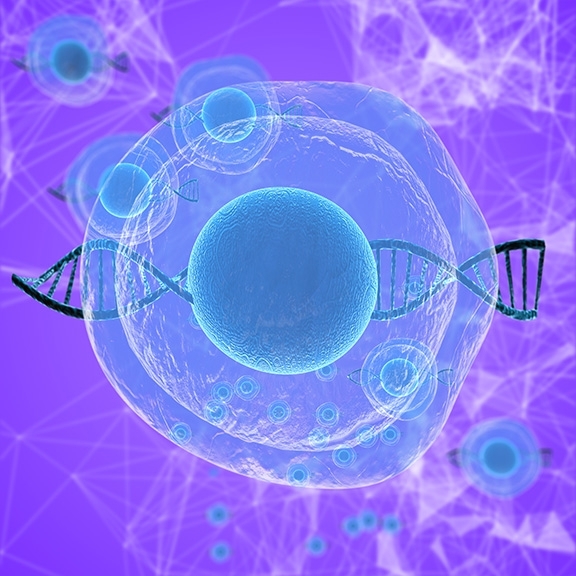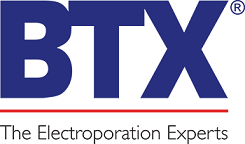Design Your Own Electroporation Protocol Episode 7 -
Buffer Considerations
By Michelle M. Ng, Ph. D.

Welcome to the seventh post in our series providing tips for developing and improving your own electroporation method—Buffer Considerations.
The buffer to suspend cells and transfectant at the time of transfection can markedly affect viability of the cells or the stability of the transfectant. Here are some buffer recommendations based on cell type.
For Bacterial Cells, a low conductance, high resistance buffer is necessary to prevent arcing at the high voltages required to electroporate these cells.
Sterile, distilled water with 10% glycerol is commonly used for bacteria. The glycerol also serves as a cryoprotectant if you plan on freezing cells for future use.
Important tip: When preparing your own electrocompetent cells, be sure to do enough cell washes to remove all residual salts from the growth medium.
You may access our electrocompetent bacteria preparation protocol here.
For Mammalian Cells, specialized, low conductance electroporation buffers are recommended to minimize sample heating and to improve cell viability.
This type of buffer is especially helpful in high voltage applications or when scaling up to larger electroporation volumes. (For more information, refer to Episode 3 - Scaling Up and Down.) An example of a low conductance electroporation buffer is BTXpress Cytoporation Medium T.
For low voltage, cuvette-based applications, often times culture medium (for example RPMI, Opti-MEM) or buffered salt solutions (such as PBS or HBSS) are used. However, since culture media and buffered salts have high electrical conductance, they may cause arcing or undesirable heating.
Important tip: It is critical to leave antibiotics out of electroporation media, to avoid toxicity to cells.
Stay tuned for Episode 8, in which we will tackle Protocol Ideas for Mammalian Cells.
Click here to visit our Protocol Database, for electroporation protocols searchable by, system, cell/tissue type, application/transfectant, and citation.



 800-272-2775
800-272-2775
